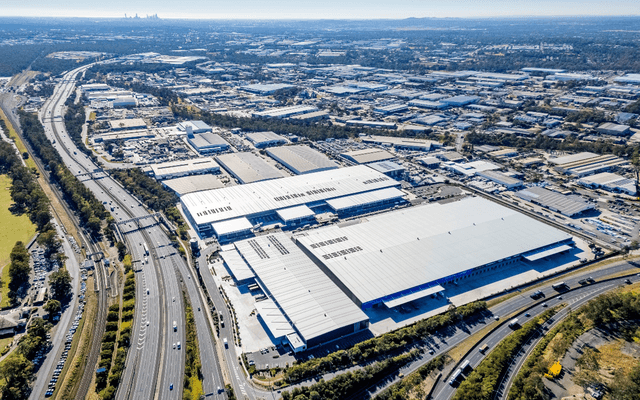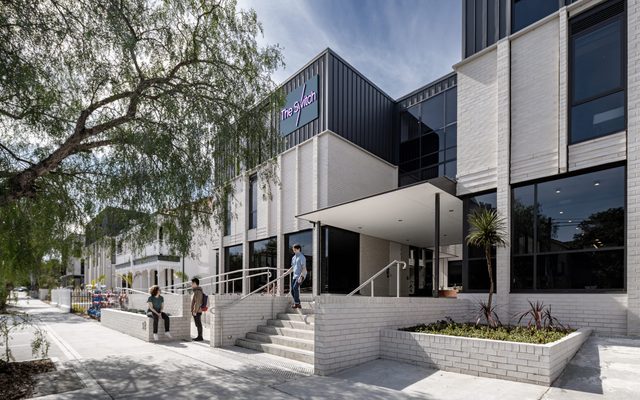This article is from the Australian Property Journal archive
THE market capitalisation of Asian REITs has recovered strongly, driven by the Singapore listed property sector, according to the Asia Pacific Real Estate Association.
According to APREA, the market cap has increased from $US40.5 billion in March 2009, during the depth of the financial crisis, to $US81.4 billion as at October 01.
Despite this 25.4% increase in market capitalization overall, the Asian REIT market is still 8.3% below the level of the peak attained in May 2007. The Japan REIT (43.7%), S-REIT (32.3%) and Hong Kong REIT (14.1%) markets together account for 90.1% of the Asian REIT market.
The surge was driven by Singapore, where the market cap increased 237% from $US7.8 billion to $US26.3 billion over the period.
For the year to date, the market cap of the Malaysian REIT market increased by 112.7% due in the main to the recent listing of two Malaysian REITs. Other Asian REIT markets also experience positive growth, with Japan growing by 21.1%, Singapore by 27.8%, Hong Kong by 20.3%, Thailand by 35.6% and Korea by 54.2%.
APREA CEO Peter Mitchell said certain REITs markets continue to outperform their local general equity indices.
Over the last three months all major Asian REITs markets with the exception of Singapore and Malaysia outperformed their respective local general equity indices.
Both J-REITs and HK-REITs outperformed their local general equity index by 6.6% and 0.4% respectively, whilst S-REITs marginally underperformed the FTSE Straits Times Index and Malaysian REITs underperformed by 8.9% relative to the FTSE Bursa Kuala Lumpur Composite index.
On a year on year basis, the Japan, Singapore and Hong Kong REIT markets outperformed their respective local general equity indices. In Japan, however, the outlook continues to be gloomy with the broader Topix Index and the Tokyo Stock Exchange J-REIT Index registering an underperformance of 8.8% and 5.3% respectively.
HK-REITs have outperformed by 34.7% based on average stock price performance year on year, making it the most significant outperformer in the Asian REIT market, followed by S-REITs and Malaysian REITs which outperformed by 19.5% and 12.1% respectively, whereas J-REITs significantly underperformed by -5.3%.
The report concludes that the 10 best performing Asian REITs by total return Y-O-Y (September 2010) are dominated by Japan, Hong Kong and Singapore REITs, whereas the 10 worst performing Asian REITs by total return Y-O-Y (September 2010) are mostly Japanese.
Australian Property Journal



